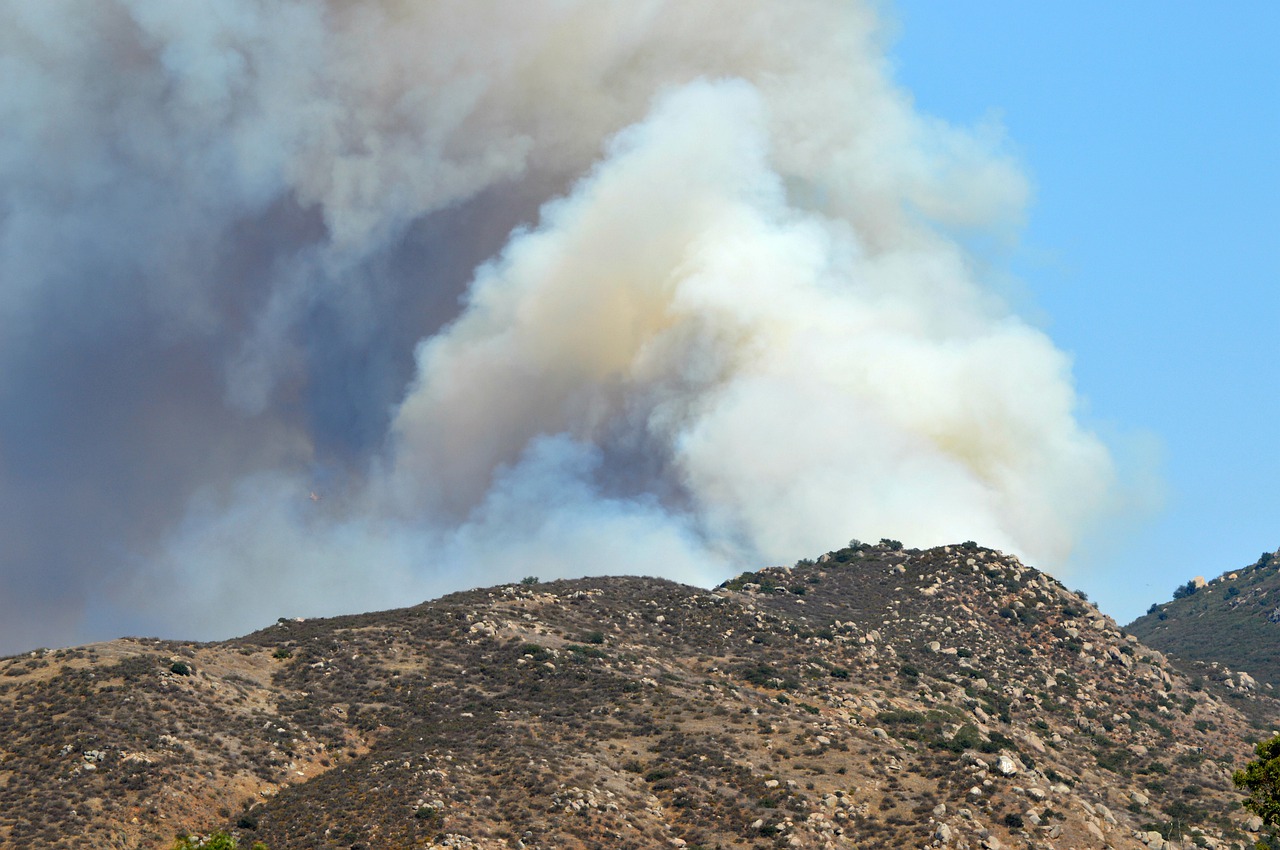
A new study have revealed that infections may spread through wildfire smoke as microbes and fungi can survive in smoky plumes.
According to the researchers, it's likely that organisms from the soil that cause infections, such as microbes and fungi, may be transmitted via wildfire smoke. The authors are calling for increased monitoring of wildfire smoke by health authorities.
Infectious diseases in the smoke
Previously, there is an assumption that nothing lives in a wildfire smoke plumes and that the threat of smoke on human health is from the particulate matter it carries. These microscopic particles are known irritants that cause respiratory and cardiovascular issues.
However, there is an increasing concern as to whether wildfire smoke could also transmit infectious microbes or fungi. The US Centers for Disease Control (CDC) claims that firefighters are at risk of developing coccidioidomycosis, a common infection caused by a fungus that becomes airborne when soils are disturbed.
In the new study, the researchers found more than 900 different types of bacteria and around 100 unique fungi in smoke.
Lead researcher Dr. Leda Kobziar from the University of Idaho said: "The diversity of microbes we have found so far in the very few studies that have been done is impressive."
"These taxa (groups of living organisms) were not found in non-smoky air in the same locations prior to the fire, proving that combustion and its associated winds aerosolize microbes into smoke columns," Dr. Kobziar explained.
Further testing needed
The scientists believe that the microbes are using particulate matter to travel in the smoke. They found that even in high-intensity fires, there are still bacteria in abundance 300 meters above a fire, of which over 60% of were viable.
The researchers suspect that the particulate matter shield the microbes from ultraviolet radiation. On the other hand, there is a question of how much of a threat to human health are these bacteria in smoke.
Dr. Kobziar also pointed out: "We have found a number of microbes that are commonly known to cause respiratory ailments - things that can trigger asthma, for example. The likelihood of soil and plant-borne organisms known to cause infection is high, but has yet to be experimentally tested."
Previous research have demonstrated that infectious diseases can be carried by hurricanes and storms over extremely long distances although the same has not yet been proven with smoke plume.
However, the ability of smoke to travel around the world could mean that it could be a "missing link" in explaining some infection patterns.
"When infections are detected in patients, the potential causal agents that are screened are based on what is known to be endemic in a given region," Dr. Kobziar said.
She added: "However, smoke blurs the lines between regions. It may be that many cases of infection with undetermined causal agents have occurred due to smoke transport of microbes outside of their areas where it is endemic."
"It may be that smoke is the missing link to explain some of these patterns of infection across space and time. This could also have ecological ramifications," Dr. Kobziar continued.






